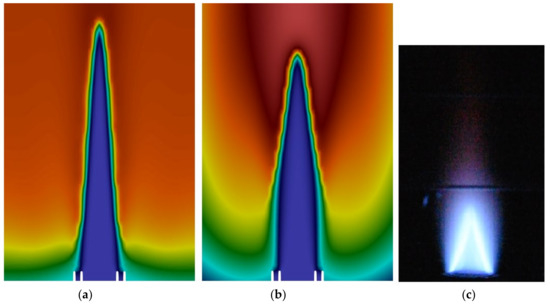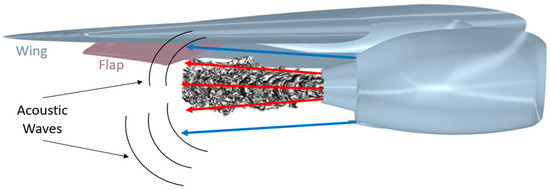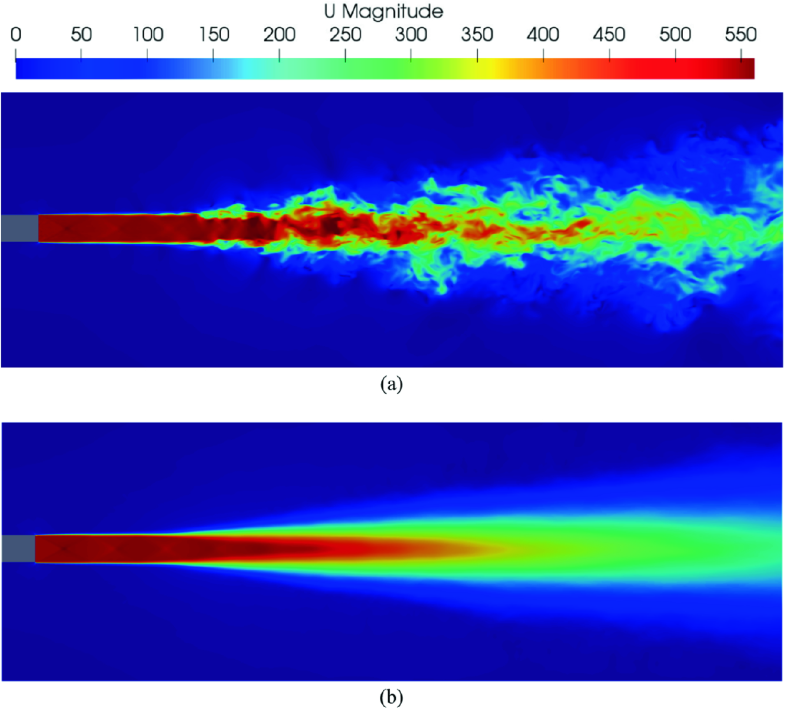- About libAcoustics library
- Available versions of the library
- Tutorials and examples
- Published papers related to libAcoustics technology
- For citation
The libAcoustics - library for far-field noise computation. At current time contains 3 kind of far-field prediction models:
-
Curle analogy
Based on equation 3.3 from Curle N. (1955)
-
Ffowcs Williams Hawkings analogy
-
Farassat 1A integral formulation Brentner K. S., & Farassat F. (1998).
-
Wind-tunnel configuration: formulation GT Guillaume Brès et al. (2010)
-
-
CFD-BEM coupling
The libAcoustics source code tutorial, which was prepared in Chalmers University
Some examples are presented in the conference paper Epikhin A.(2021)
libAcoustics library Wiki (in progress)
We currently support the library for the OpenFOAM+ versions. Current Release
The library is available for next OpenFOAM versions:
- OpenFOAM 3.0, 4.1 versions of the library are stored in the openfoam-v4.1 branch
- OpenFOAM+ v.1812 version of the library is in the digitef-dev-1812 branch of the repository
- OpenFOAM+ v.1912 version of the library is in the digitef-dev-1912 branch of the repository
- OpenFOAM+ v.2012 version of the library is in the digitef-dev-2012 branch of the repository
- OpenFOAM+ v.2112 version of the library is in the digitef-dev-2112 branch of the repository
- OpenFOAM+ v.2212 version of the library is in the v2212 branch of the repository
- OpenFOAM+ v.2312 version of the library is in the v2312 branch of the repository
Note: Please use the v2012 or v2112 versions because we fixed some bugs in them that were present in earlier implementations.
If you have found the software useful for your research, please cite next sources:
-
Epikhin, A., Evdokimov, I., Kraposhin, M., Kalugin, M., Strijhak, S. Development of a Dynamic Library for Computational Aeroacoustics Applications Using the OpenFOAM Open Source Package // Procedia Computer ScienceVolume 66, 2015, Pages 150-157 https://www.sciencedirect.com/science/article/pii/S1877050915033670 , DOI: 10.1016/j.procs.2015.11.018









































